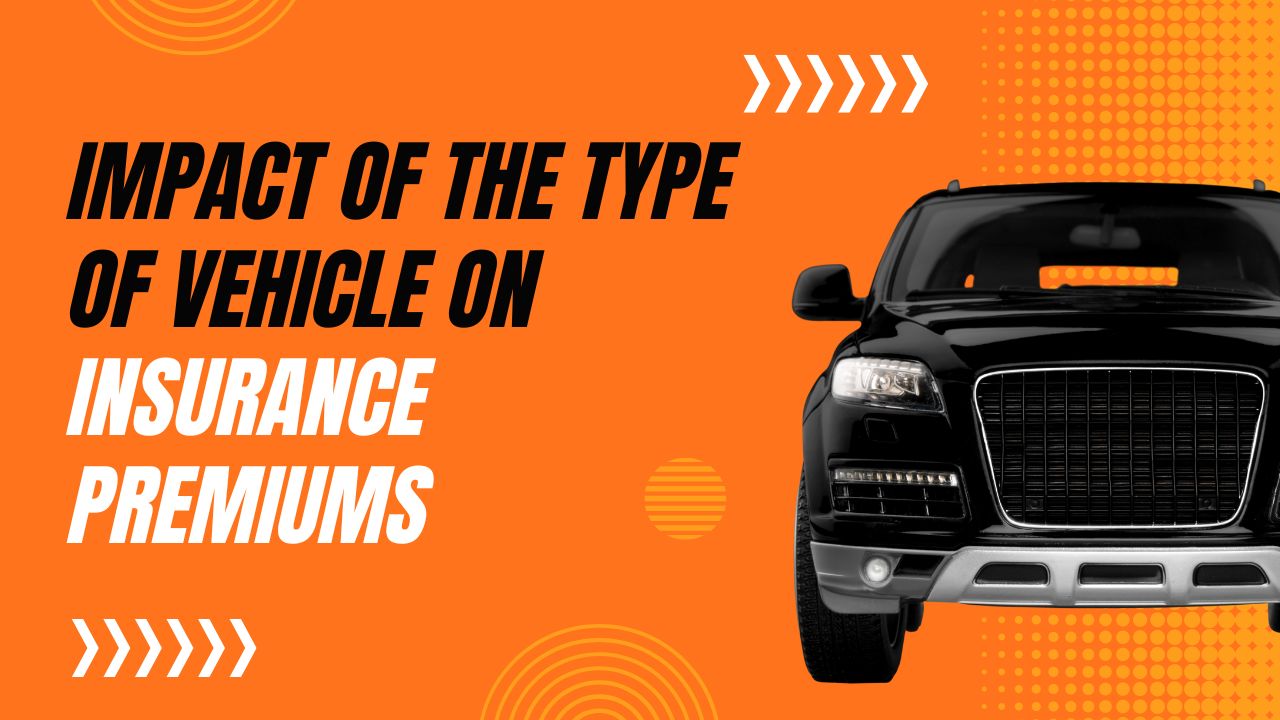Car insurance premiums are greatly influenced by the vehicle you operate. Insurers consider numerous aspects such as the car’s make, model, value, dimensions, safety attributes, and accident statistics.
A higher insurance rate may apply to models with elevated theft or crash occurrences.
Additionally, luxury and sports cars typically incur greater costs compared to economy vehicles.
Types of Vehicles and Their Impact on Insurance Premiums
The type of vehicle you drive influences your insurance premium. It affects the possibility of an accident and the cost of repair or replacement.
Cars with higher horsepower and performance usually have higher insurance premiums. That’s because they are more likely to be in an accident. Sports cars, luxury vehicles, and SUVs come with higher premiums, too. That’s because they have expensive repairs and are at risk of being stolen.
Compact cars, family sedans, and minivans cost less to insure. That’s because they are less likely to be in an accident and have cheaper repairs.
The age and condition of your car also affect insurance premiums. Newer cars cost more to insure as they have a higher value.
When choosing a vehicle, it’s important to think about the insurance cost. It’s wise to compare different insurance rates for your car and driving habits.
How Vehicle Age and Mileage Affect Insurance Premiums?
Age and mileage of your car can influence insurance premiums. Older vehicles with more kilometres on the clock cost more because they are more at risk of breaking down and needing repairs. Whereas, newer cars with less mileage and up-to-date safety features are generally cheaper to insure. Plus, higher risk vehicles like sports cars and luxury cars have higher premiums because of their increased chance of getting in accidents and stolen.
Pro tip: It’s a good idea to frequently check your insurance policy to make sure you’re getting the best coverage for your car and driving behaviour.
How Vehicle Safety Features Affect Insurance Premiums?
The insurance premiums depend upon the type of vehicle and the safety features it has. Those with more advanced safety features generally have lower premiums, compared to those which lack sufficient safety measures.
Examples of such features are: anti-lock brakes, electronic stability control, adaptive headlights, back-up cameras, and lane departure warnings. All of these can reduce the chances of accidents and claims. Also, cars with newer safety features are cheaper to repair and replace.
So, it’s wise to check with your insurance provider about which safety features you should get for your car. And remember: these features not only lessen premiums but also enhance the resale value of your vehicle.
How Vehicle Usage Affects Insurance Premiums?
The vehicle you own has a huge impact on your insurance premiums. Insurance companies consider factors like the make, model, year and safety rating of your car to calculate the risk of insuring you and how much you’ll pay.
Expensive, high-performance cars have higher insurance premiums due to their costly parts and higher risk of theft, damage and accidents. On the contrary, cars with good safety ratings and cheap parts cost less to insure.
Also, your car usage affects insurance premiums. Driving to work, business use and long trips raise the risk of accidents and the possibility of filing a claim.
To keep premiums affordable, choose a safe, reliable and cheap car. Drive carefully, obey traffic rules and stay away from activities that can increase the risk of accidents or claims.
How Vehicle Repair Costs Impact Insurance Premiums?
The type of car you own affects your insurance premiums. It is based on the make, model, year and repair costs of your car. Costlier and complex cars require more expensive repairs, which means you pay more for insurance.
Luxury vehicles are costly to repair, so insurers take into account repair cost, theft risks and safety features before insuring them. Sports cars are designed for speed and this increases the accident risk, so their insurance premiums are higher. Classic cars often need special repairs and parts, raising the insurance cost.
Cheaper and safer vehicles are less expensive to insure. So, before buying a car, it’s wise to research the insurance costs for different makes and models.





